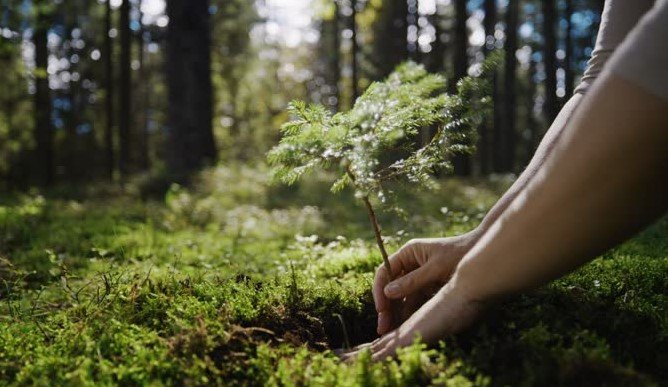Arizona State University Professor Enrique Vivoni has launched a startup called Tributary to help measure water savings from forest restoration projects in dry areas like Arizona. This new company uses advanced tools to show how thinning trees can boost water supplies and cut wildfire risks, addressing urgent needs as wildfires grow worse in 2025.
From Research Lab to Real World Startup
Vivoni, a hydrology expert with over two decades of work in water resources, saw a gap in how people track water gains from forest work. He founded Tributary in 2025 after years of studies showed that dense forests lose water through evaporation, but thinned ones let more water reach rivers and reservoirs.
His team includes specialists in remote sensing and tech development. They built the company on research from ASU’s Center for Hydrologic Innovations. This center focuses on Arizona’s water issues, where droughts and hot summers have strained supplies.
The startup came at a key time. Arizona faces record low water levels in major reservoirs like Lake Mead, down over 20 percent from last year due to ongoing climate shifts. Vivoni’s early experiences in Puerto Rico, camping near protected forests, inspired his path. Now, he turns that passion into tools for utilities and governments.

How Tributary Measures Water Benefits
Tributary uses AI and satellite data to calculate water outcomes from restoration. Instead of complex math, it gives clear answers like yearly water savings in gallons.
Clients include power companies and nonprofits that fund tree thinning. For example, projects in northern Arizona forests have shown thinned areas can add thousands of acre feet of water to streams each year.
The process starts with mapping forest density. Then, models predict changes after thinning. This helps decide where to focus efforts for the best results.
- Tracks snowmelt and rainfall flow into watersheds.
- Uses drone images for precise measurements.
- Compares before and after data to prove gains.
In tests, one project near Payson saved enough water to supply a small town for months. This tech stands out because it combines science with easy to use reports.
Fighting Wildfires and Drought in Arizona
Wildfires burned over 500,000 acres in the Southwest this year, up from 2024, according to federal reports. Dense forests fuel these fires and waste water through thirsty trees.
Forest restoration thins overgrown areas to mimic natural conditions. Studies show this reduces fire spread by 40 percent and increases water yield by up to 15 percent in key basins.
Tributary helps prove these benefits. Partners like the Salt River Project use it to justify investments. In 2025, Arizona invested millions in water innovation, including forest projects, amid a push for sustainable supplies.
| Forest Restoration Benefit | Estimated Impact in Arizona |
|---|---|
| Water Savings per Acre | 10,000 to 50,000 gallons yearly |
| Fire Risk Reduction | Up to 40% in treated areas |
| Ecosystem Health Boost | More diverse plants and wildlife |
| Cost per Project | $500 to $2,000 per acre |
This table highlights why groups turn to tools like Tributary. Logical reasoning shows that without measurement, funding for these projects could dry up.
Challenges Ahead for Water Tech
Starting a tech firm in water management brings hurdles. Data accuracy depends on good satellite coverage, which can falter in remote spots.
Competition from other startups exists, but Tributary focuses on arid regions like the Southwest. Vivoni notes that climate change makes quick action vital, with hotter droughts expected to worsen by 2030.
The team plans expansions, like apps for real time monitoring. They also eye partnerships in Mexico, where similar forest issues affect border water shares.
A Step Toward Sustainable Water Future
Tributary represents hope for water scarce areas. By linking science to practice, it helps communities prepare for drier times.
Recent events, like the 2025 federal grants for forest health, boost such efforts. Experts predict that widespread adoption could add billions of gallons to Arizona’s water bank over the next decade.
As wildfires and droughts continue, innovations like this matter more than ever. Share your thoughts on water solutions in the comments, and pass this article to friends facing similar issues.








